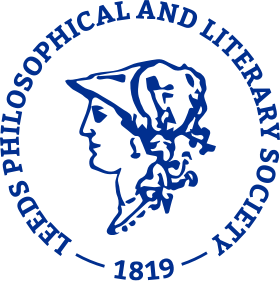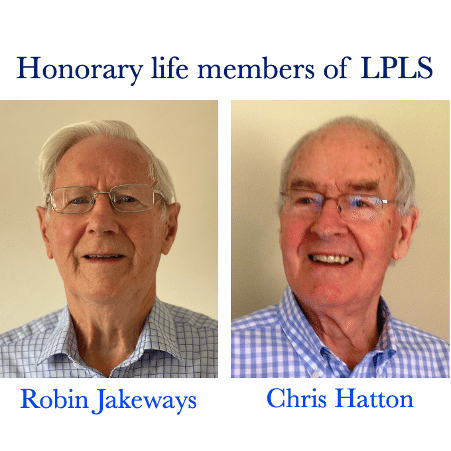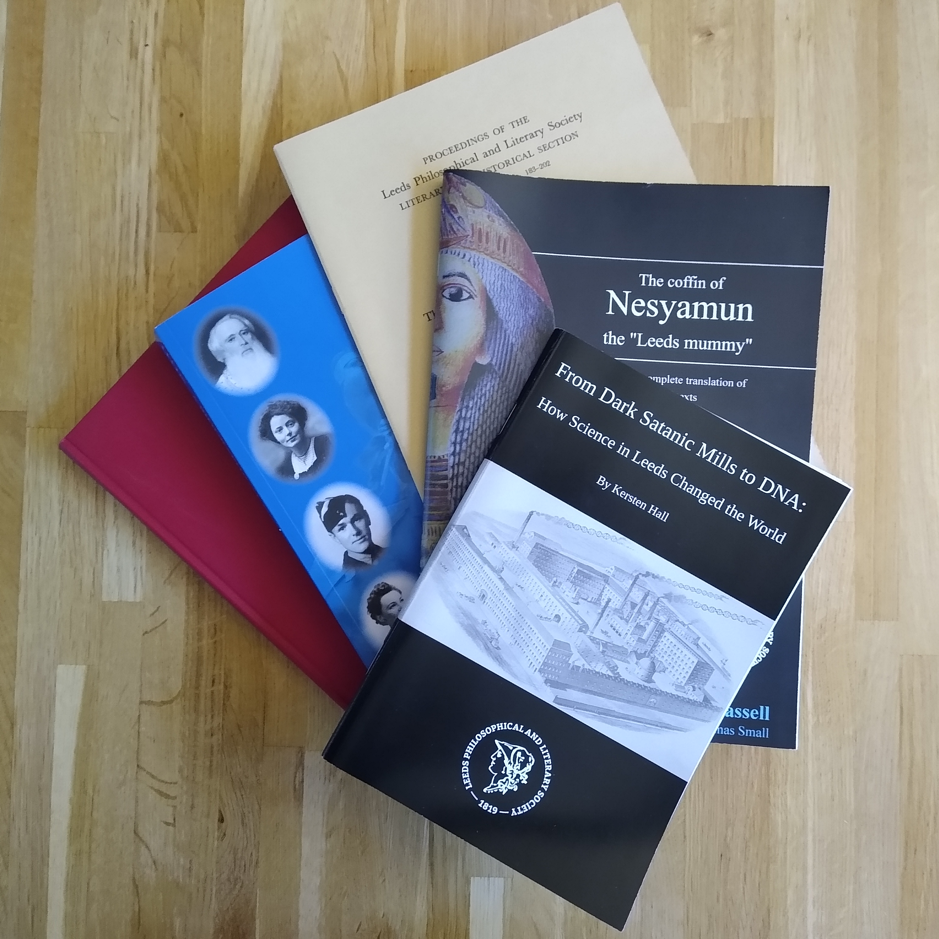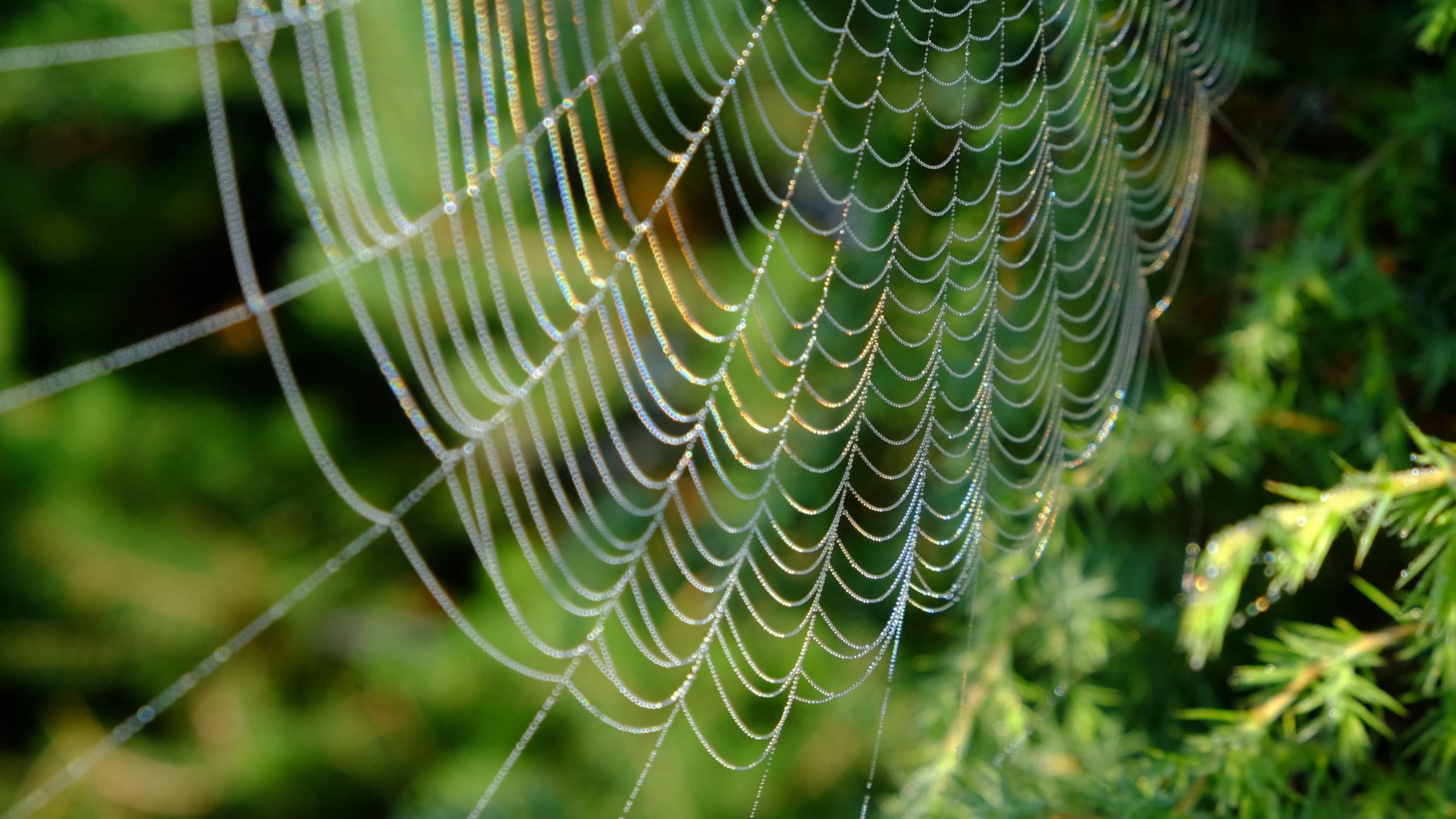18 January 2020
Nesyamun, ‘The Leeds Mummy’ is heard….after a 3000 year silence
Nesyamun, the ‘Leeds Mummy’, may well have been dead for nearly 3000 years but he is no longer silent. Writing in the journal ‘Scientific Reports’, a team of researchers recently announced that by using CT scans taken at Leeds General Infirmary, in combination with 3D printing methods, they have been able to reconstruct Nesyamun’s vocal tract and hear the sound that it might once have made.
Nesyamun lived during the reign of Pharaoh Rameses XI (c.1099-1069 BCE) and worked as a temple scribe and priest at Karnak in Thebes (today’s, Luxor). His mummified body was first brought to Leeds in the 1820s, where it was studied by members of the Leeds Philosophical and Literary Society and later placed on display in the City Museum, which at that time stood on Park Row. In 1941, Nesyamun had a lucky escape when his body was moved shortly before a bombing raid that left the City Museum and some of its collections severely damaged.
This type of research does of course raise serious ethical questions, but in carrying out this work, the researchers felt that they were respecting the customs of the time. According to Joann Fletcher of the University of York and a co-author on the paper, it was the hope of every ancient Egyptian that their soul would be able to speak after death and gain entry to the afterlife by telling the gods of judgement how virtuous their life had been. Inscriptions on Nesyamun’s coffin suggest that he shared this hope, and so in carrying out this work, the researchers felt that they were in some way respecting his last wishes. When interviewed by ‘The Guardian’ newspaper about the work, Professor John Schofield of the University of York also pointed out that it might offer a novel and exciting way for the public to engage with the past.
Click here to read the original paper ‘Synthesis of a Vocal Sound from the 3,000 year old Mummy, Nesyamun ‘True of Voice’ Howard, DM, Schofield, J., Fletcher, J., Baxter, K., Iball, GR, & SA Buckley, Scientific Reports 10 (23rd Jan 2020)
And click here to listen to the recreation of Nesyamun’s vocal sound
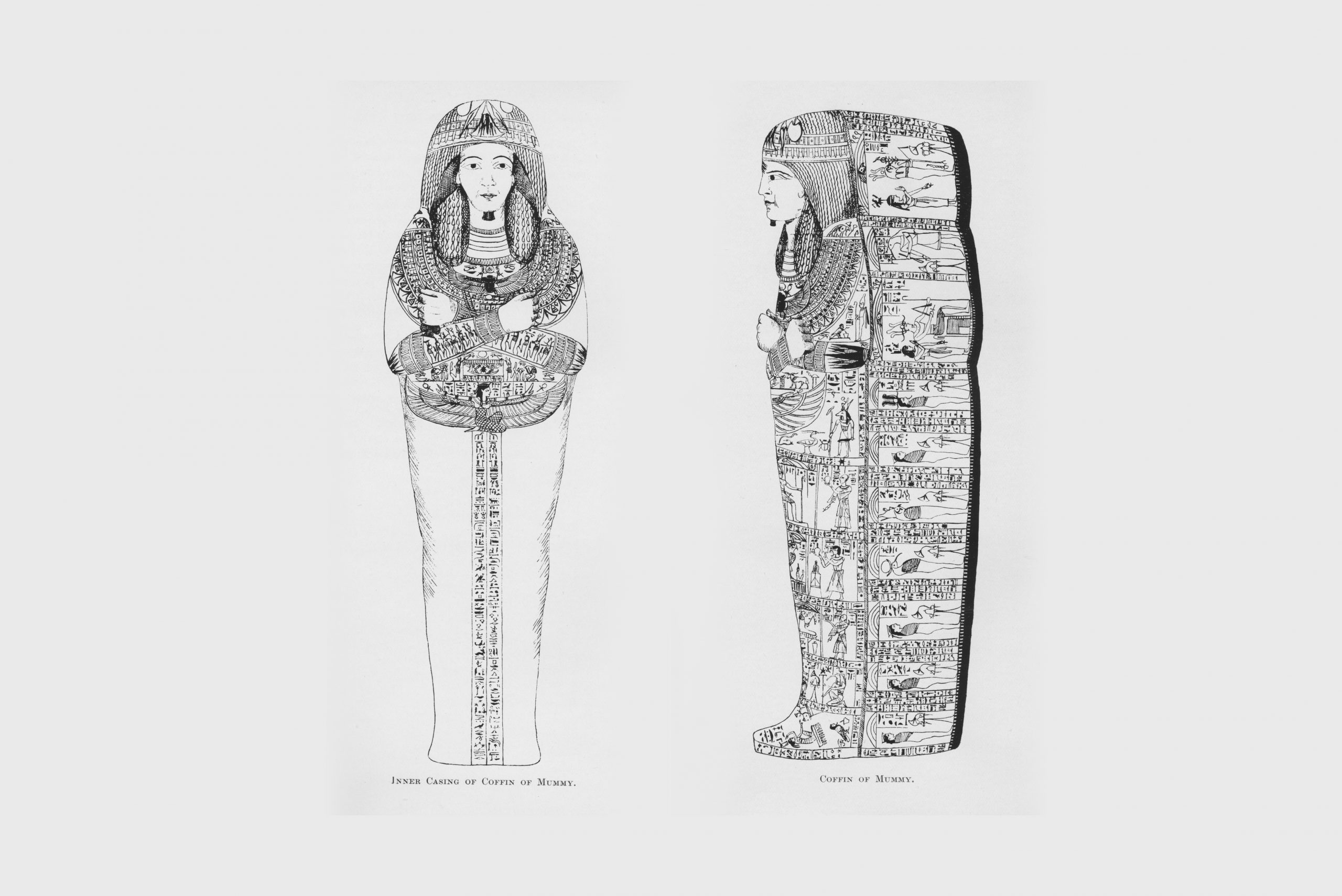 The Mummy of the priest Nesyamun, drawn by curator Henry Denny in 1828.
The Mummy of the priest Nesyamun, drawn by curator Henry Denny in 1828.
Other stories you might be interested in...
Explore more

Grants
The Society makes grants both to individuals and to organisations in support of cultural and scientific activities which increase innovation, outreach and diversity in Leeds and its immediate area. It also supports local museums and galleries and publications relating to the city.
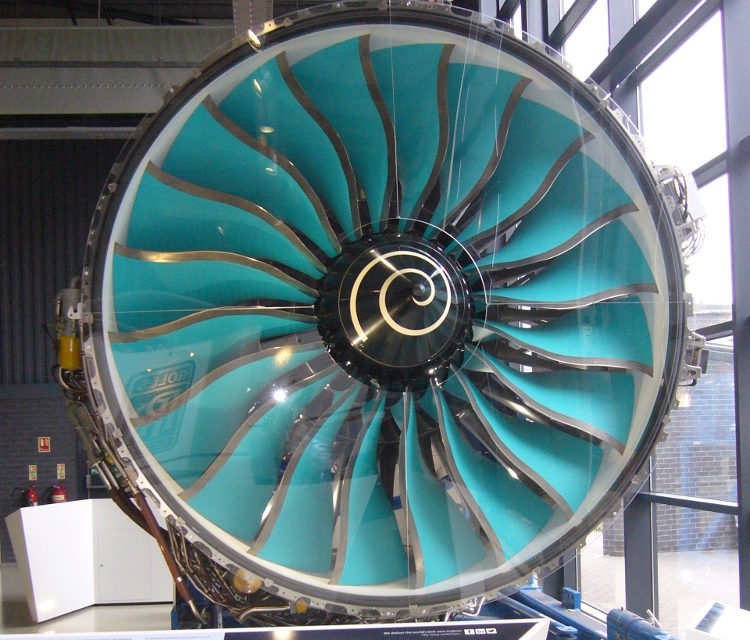
Events
Since 1819, the Phil & Lit has been inviting the people of Leeds to hear from knowledgeable and entertaining speakers. Many are leaders in their field of science, arts or current affairs. We also hold an annual Science Fair and organise occasional visits.
